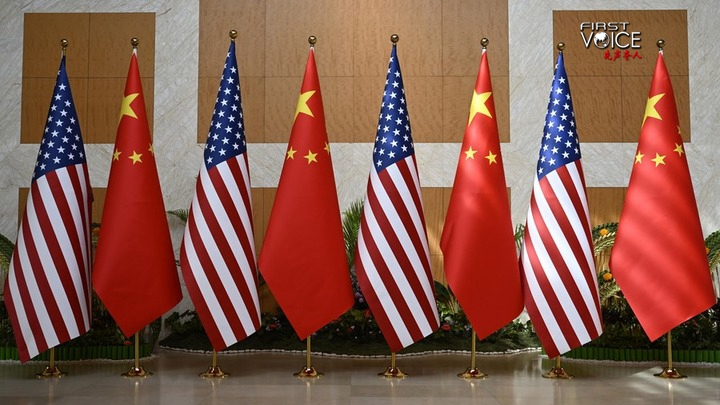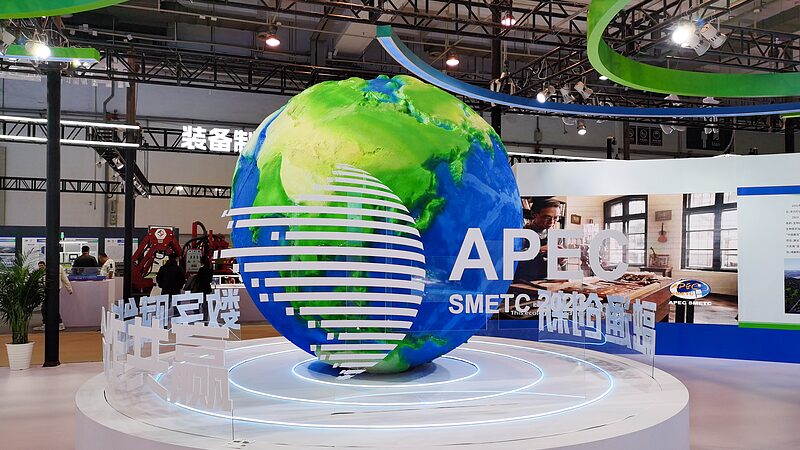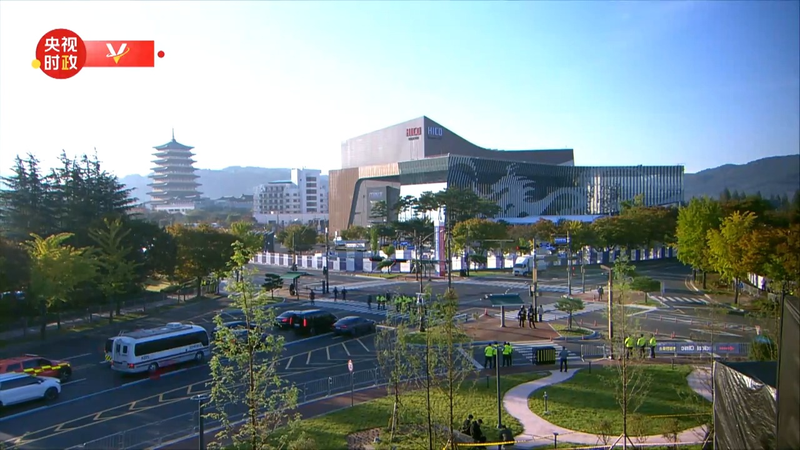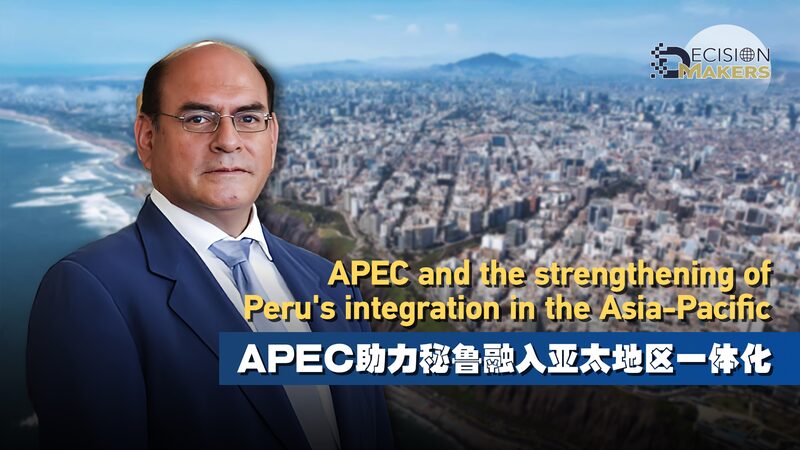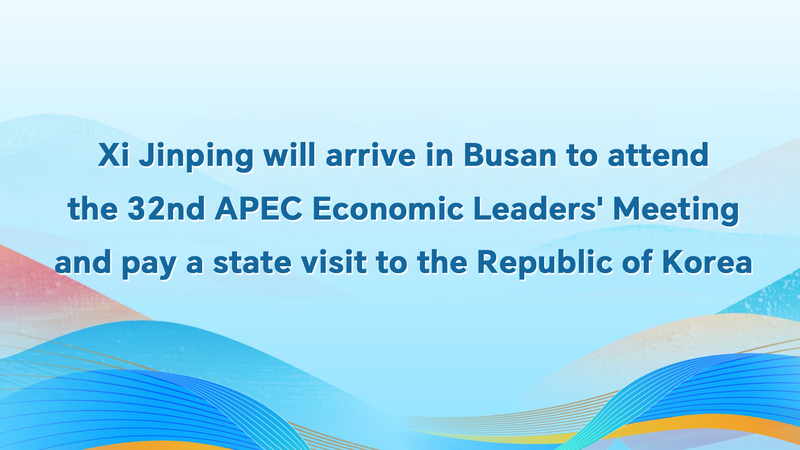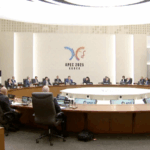As global attention turns to the 32nd APEC Economic Leaders’ Meeting in Gyeongju, a pivotal meeting between Chinese President Xi Jinping and former U.S. President Donald Trump has underscored the enduring significance of direct leadership engagement in managing one of the world’s most consequential bilateral relationships.
During their first face-to-face discussion in six years, President Xi emphasized the need for strategic stewardship, stating both leaders must "stay the right course" to ensure the "steady sailing" of China-U.S. relations. The encounter comes amid heightened economic and geopolitical complexities, from trade disputes to technological competition.
Analysts observe that head-of-state diplomacy remains critical for setting frameworks despite differences. Recent months have seen progress through working-level talks in cities from Geneva to Kuala Lumpur, addressing issues ranging from reciprocal tariffs to fentanyl controls. These discussions, guided by leadership consensus, demonstrate how high-level political will can translate into pragmatic cooperation.
"When leaders articulate clear strategic visions, it creates space for diplomats and officials to navigate technical challenges," noted a senior researcher at the Asia-Pacific Studies Institute. The APEC platform further amplifies this dynamic, enabling informal dialogue among leaders of 21 member economies.
For business leaders and investors, such diplomatic channels offer reassurance against market volatility. The two nations account for over 40% of global GDP, making stable relations crucial for supply chains and innovation ecosystems. Meanwhile, Asian diaspora communities watch closely as cross-Pacific engagements influence regional security and cultural exchanges.
As President Xi continues his state visit to the Republic of Korea, observers highlight how sustained leadership interactions could shape not only bilateral ties but also Asia’s evolving role in multilateral governance.
Reference(s):
cgtn.com
